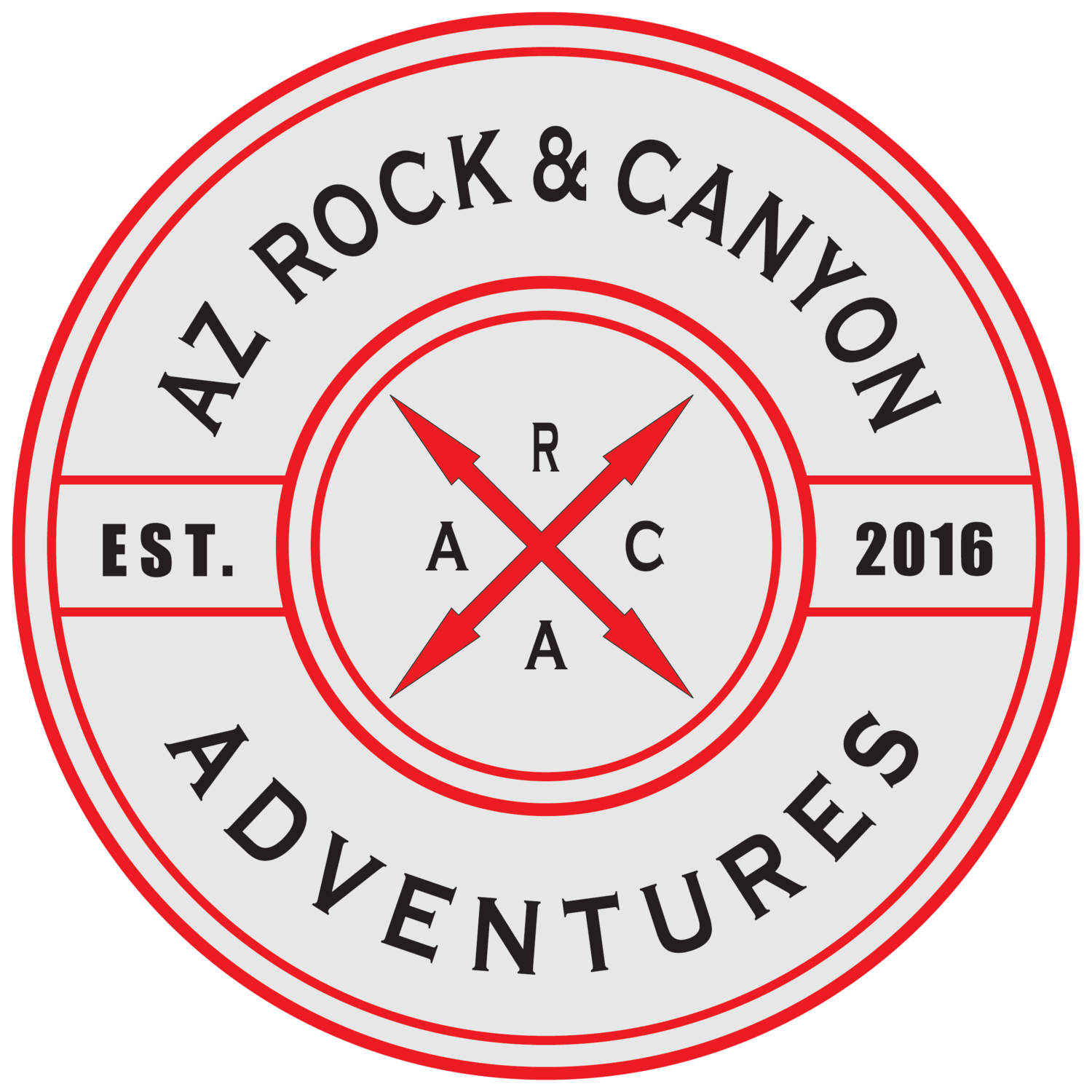You’ve surely heard this once (if not a thousand times) before: Climbing is all about your feet. However, when a fellow climber recites that adage, it’s generally not followed with a detailed explanation about how and why your feet are important, so it can be confusing and frustrating and maybe not mean much at all in the end. So listen up, as that’s about to change. Two people who know a few things about improving footwork are 5.14 climbers, brothers, and training experts Mike and Mark Anderson, who together authored The Rock Climber’s Training Manual. They’ve compiled a list of guidelines and drills that will help you improve your footwork and become a better climber overall. Soon you’ll be spreading the adage, too—but with the knowledge and experience to back it up.
Why? Footwork is typically the last skill addressed when climbers try to progress. This bias is not surprising since emphasis is almost always put on upper body strength, but learning to optimally place and weight your feet reduces strain on your forearms and puts your body in a position to efficiently reach the next set of handholds. Plus, the muscles in your legs are larger and have more stamina than your arms, so the more propulsion you can get out of those stems, the better. The net result is climbing that feels anywhere from a little to a whole lot easier.
When? Do these on toprope or bouldering close to the ground, so you can focus on the movement instead of worrying about falling. Set aside dedicated practice time two or three times a week; you can easily incorporate the exercises into a 20- or 30-minute warm-up. Pay attention to how your body feels (sensory feedback) while performing the drills, and practice them frequently. Your new skills won’t become part of your on-the-rock repertoire unless they are natural and familiar. You can accelerate this by attempting these drills on increasingly difficult terrain.
How?Wear tight-fitting, high-performance shoes. Strap on your redpoint kicks when redefining what you can effectively stand on and move off of. Your mileage gym shoes will be too sloppy and loose to get the desired result and practice.
Keep your feet low and move them frequently. Most gym routes encourage large movements between footholds. And while high-stepping or a wide stem may help you send the blue route, these techniques have much less value on real rock. When practicing, work to make small, frequent foot placements. Specifically, try making three foot placements for every hand move. Don’t be surprised if you have to add intermediate feet that aren’t part of the designated route. Climbing in this style will train you to keep your body close to the wall and your weight, well, on your feet.
Focus on feet and body, not hands. It’s easy to get fixated on hand sequences and simply put your feet on the biggest holds you can find. The gym offers an excellent place to experiment with how utilizing different foothold locations will drastically affect body position, which in turn, affects the use of handholds.
Weight footholds correctly. There is more to good footwork than just putting your piggies exactly where you want them. Once your feet are in position, concentrate on wrapping your toes over the hold while weighting your foot in a way that maximizes friction between hold and rubber. This requires a large amount of core strength and body awareness.
DrillsPrecision FeetGoal: Toe accuracy When boulder traversing or toproping, pick the best spot of every foothold you encounter and move your foot onto this exact location with great precision like a bull’s-eye. Do not take your eyes off the foothold until your foot is perfectly placed. Move quicker as your skill level increases.
Foot StabGoal: Improve coordination Wear your shoes, stand in front of the wall, and balance on one leg. Reach out and accurately touch pre-selected foothold targets with your raised foot. For increased difficulty, pick targets that require tricky reaches and challenge your balance.
BlinkingGoal: Evaluate foot placement by feel Pick out a foothold and move your foot toward its exact location. Before your foot makes contact, close your eyes and finish locating the hold using spatial awareness. Keep your eyes closed until you have your foot securely placed. Evaluate your performance first through feel, and then open your eyes to confirm. Pick out the next hold and continue.
Jibs OnlyGoal: Simulate real rock and utilize bad holds Only allow yourself to use tiny screw-on foothold jibs, small divots, waves molded into the body of handholds, and natural features on the surface of the wall.
DownclimbingGoal: Focus on lower extremities Many people develop tunnel vision and focus only on what is directly above them and in reach of their hands. When stuck in this pattern, the hips, legs, and feet are easy to forget. Practice downclimbing and let your feet lead the way as you shift your body to most effectively weight and utilize your feet.
Glue FeetGoal: Increase holding power and prevent slips Imagine that your toes become frozen to the hold as soon as you place a foot; you can’t change the relationship between foot and hold—no pivoting, tilting, or repositioning. Simply flex at the ankle when moving past the hold. Learn to establish and feel a wide contact area between your foot and the hold, and then work to maintain this maximum contact while the rest of your body moves.
ObserveGoal: Learn from others Watch advanced climbers on the exact route or boulder problem you just climbed. When in witness mode, analyze how they move and use their feet. Also, note which footholds they use and consider why. Another option is to watch World Cup competition climbing videos to glean footwork nuances that you can later apply to your own climbing.
